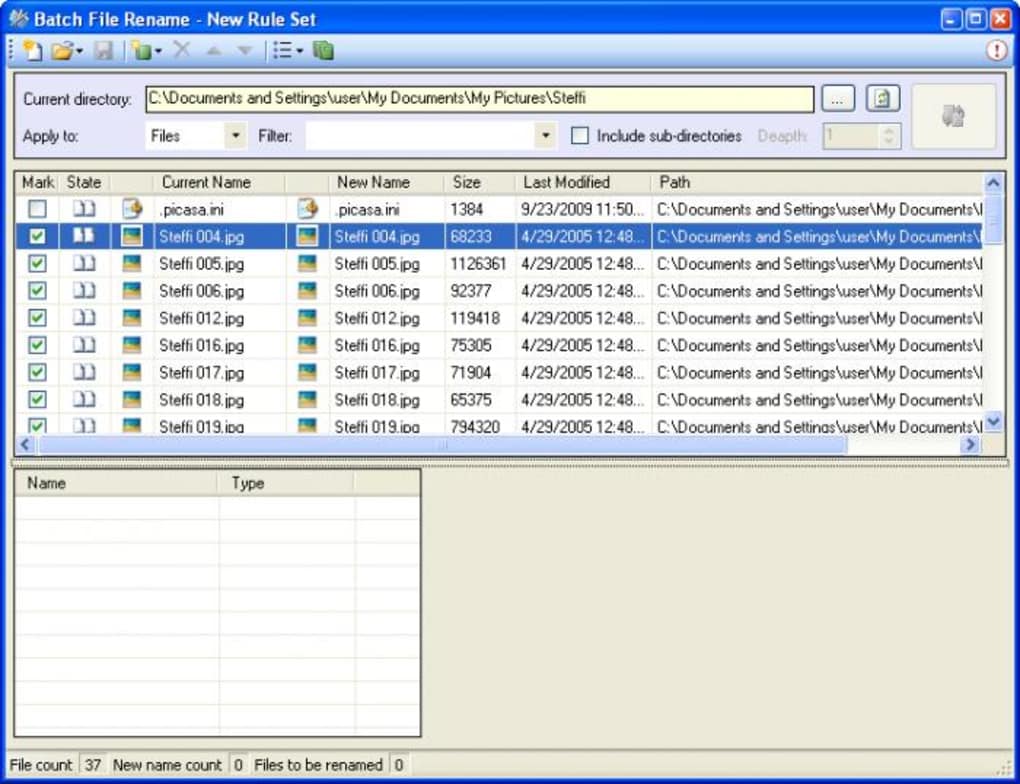
Need a Rename Utility For slightly complex rule that involves RegEx, get NameChanger.Append Incrementing Number to filename in MacOS Big Sur & 2015 iMac This one is free and can handle simple rules.Returning to our last example, to change the file extension from. -v: Shows a verbose version of the output.-s: Renames the target instead of the symlink.Best combined with the verbose output ( -v). -n: Performs a dry run, making no permanent changes.-l: Replaces the last occurrence of the filename element instead of the first one.-i: Displays a prompt before overwriting existing files.

-f: Forces an overwrite of existing files.-a: Replaces all the occurrences of the filename element instead of just the first one.The rename command uses the following options:

In this example, every a character in the filename is replaced by an x, every b by a y, and every c by a z. This type of expression uses the following syntax: rename 'y///' Īn example of a rename command using a translate expression: rename 'y/abc/xyz/'

It offers more features than the mv command but can be more challenging to use since it requires basic knowledge of Perl expressions. The rename command is used to rename multiple files or directories in Linux. Note: Learn how to compare two files using the diff command.


 0 kommentar(er)
0 kommentar(er)
